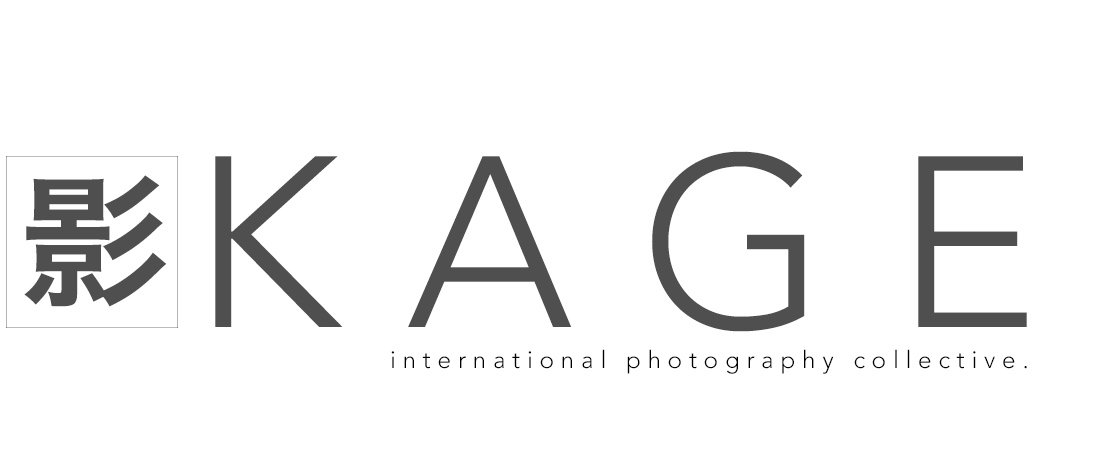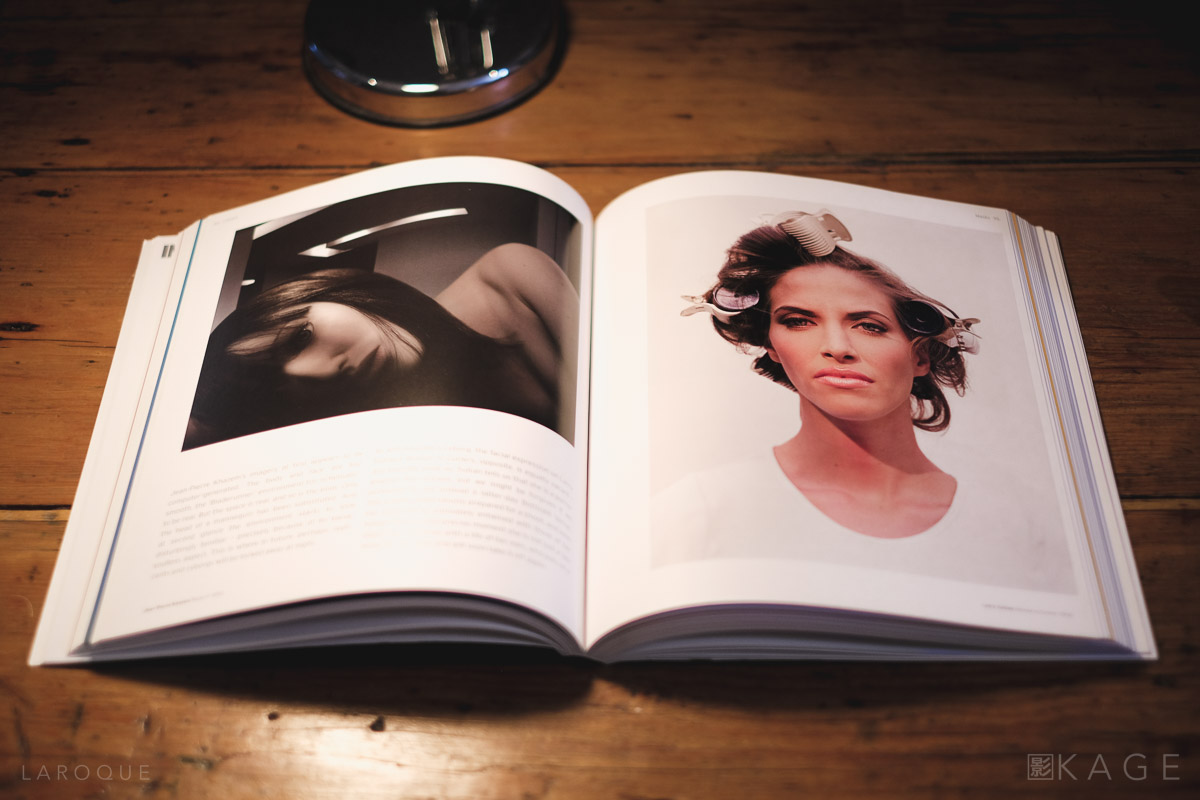TEXT AND PHOTOGRAPHY BY PATRICK LA ROQUE
“Photographers have evidently made up their minds that it is high time to introduce a new style of portraiture to the public, and we entirely agree with them...”
The text above is part of a quote printed on the very first page of the book FACE The New Photographic Portrait. It's credited to London's Photographic News, a weekly from...1880—a fascinating choice for a publication boldly announcing the death of the traditional portrait, some 120 years later. But it provides an interesting counterbalance, and it's a method the book will use throughout, pitting the past and present against one another, offering a constant reminder of how ephemeral new can be—today's cutting edge forever on the verge of becoming tomorrow's cliché.
But first the details: originally published by London's Thames & Hudson in 2006 and written by William A. Ewing (with contributor Natalie Herschdorfer), FACE The New Photographic Portrait is a 23.3 x 2 x 27.9 cm, 229 page book featuring 258 images, 166 in colour and 92 in duotone. I own the trade paperback version and as far as I can tell the book is no longer in print, although copies can surprisingly still be found in various bookstores (Indigo in downtown Montreal still had one in its inventory at the time of writing). Used copies of the hardcover edition are also available through various vendors on Amazon.
It's a sprawling and careful exploration of the art of portraiture, covering every aspect of the genre from editorial to commercial; from the crude to the exploratory, sometimes eerie world of contemporary art. It's the face as centerpiece, as pretext and as launching pad.
Inside view
The book is divided into several themes that make up the main chapters, each one containing two sub-themes:
1. GAZES
FACING UP
FACING DOWN
2. LOOKS
MASKS
MERGERS
3. FAÇADES
LOSING FACE
SAVING FACE
4. TRANSPLANTS
FAKING FACES
MAKING FACES
Every photograph or series is commented, providing information on the thought process behind the images but also offering reflections.... This, combined with well-written, engaging essays, transforms the book into the kind of work that, for me, becomes a tool rather than a mere coffee-table curio—which in a way makes me glad I don't own the art collector hardcover/linen version because I can treat it as such. It deliberately challenges by asking questions that purposely go unanswered, by throwing us smack down into a wealth of images that span every direction. It's thought-provoking visually but also philosophically, addressing issues such as vanity vs reality, physicality vs so-called soulfulness, trickery and manipulation. Some of the essays force us into re-examining our process, perhaps into asking ourselves why we choose to work the way we do, even opening the door to considering new possibilities. This is a book I keep going back to, over and over again.
Point Counterpoint
Any book focusing on "the now" can quickly become dated. Such is the reality of trends—like a pair of stonewash jeans or a mullet. But in my opinion, ten years into its original publication, FACE remains relevant, withstanding the test of time through astute commentary and an always interesting curation that seems to have foreseen many of the movements still defining photographic portraiture today. It also avoids tunnel-vision by making an extensive use of pull-quotes that not only add to the book's visual signature, but also serve as counterpoint to some of the work, sometimes adding emphasis, at other times providing a historical backdrop or subjective commentary. It's a device that could've been simplistic but it works extremely well and makes the book much more than just a compilation of portraits, however engaging.
For instance, below two self-deprecating images photographer Lee Friedlander took of himself in the late 90s, we can read a quote from French poet and philosopher Paul Valery that says "Man cannot bear his own portrait. The image of his limits and his own determinacy exasperates him, drives him mad." Likewise, the Photographic News weekly from the late 1800s—which I mentioned earlier— is used multiple times, exposing just how little our innermost preoccupations have changed, how the issues facing us today are often the same we were struggling with at the dawn of the art form.
Pre-alotofthings
And yet, things do change. And as relevant as it still is, there's a missing chapter to FACE that highlights just how quickly our reality can be transformed in very little time: in 2006, the word selfie had yet to become mainstream. Instagram was four years away from filtering into our collective consciousness. These are such a major shifts in photography and society at large that it immediately places this work firmly in the last decade. Any updated edition of this book would absolutely need to include an in-depth essay on these mass phenomenons that are so entirely based on the image, with a capital I, and our obsession with it. Our Face today is multiplied a million times over, like our own private take on Warhol's silkscreen series, a hijacking of the very concept of his fifteen minutes of fame.
In 2016, the face is a perpetual illusion, a façade and a wall behind which we may be hiding our true nature. It's the major building block of a systematic and constant re-imagining of our lives into a multitude of idealized frames.
See? I told you this book could make you think ;)
It's not perfect though: like any selection it's a subjective construction that in this case usually tends towards contemporary art and a certain affectation in terms of some of the projects' premises. Beyond what we find in museums I believe there's a wealth of portraiture work that should be considered references in the genre—the work of Dan Winters for instance.
But regardless: FACE The New Photographic Portrait endures. Its broad approach to the subject and its clear, in-depth commentary still make it an amazing source of inspiration to this day. If you can find a copy and you're interested in the topic, I highly recommend it.

























